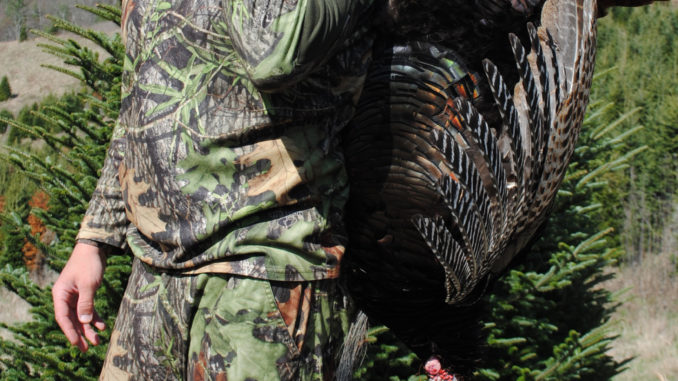
One area of North Carolina where the turkey harvest has not followed the overall record-setting pace has been the extreme northwestern corner of the state, which still shows up as having the most-dense flocks.
Alleghany and Ashe counties traded the Nos. 2 and 3 spots in statewide harvest figures for years. Wilkes County was once among the statewide leaders, and Watauga County even showed up in the top 10 occasionally.
No more.
Alleghany and Ashe counties are relatively small in area, which made their 200+ annual harvests during the 1990s and early 2000s, a ratio of better than one bird per square mile. But Alleghany has had only one 200-bird harvest since 2007, and Ashe County went six years without a 2000-bird harvest before cracking that mark three seasons in a rose beginning in 2012.
Harvests in Watauga and Wilkes counties have been consistently down the past five years compared with the first handful of years after the turn of the century.
Kreh said something has definitely affected the harvest in those northwestern counties, perhaps a few years with poor hatches, perhaps a decline in hunter numbers — but something has happened.
“We’re seeing some big declines in Ashe, Alleghany and Watauga counties over the past seven or eight years,” he said. “It’s rebounded some in the last couple of years. There’s still a good population of birds there; they’re still plentiful. I think what happened was that there were three or four great hatches leading up to some of those really good (harvest) years.”
The Commission’s 2010 turkey density map shows Alleghany County with one of the highest population densities in all of North Carolina, but neighboring Ashe, Watauga and Wilkes with lower densities than the 2005 turkey density map.
There is almost no public hunting land in the northwestern corner of the state to draw hunters, and Kreh feels like some hunters who previously travelled good distances to hunt private land in the mountains because no other place had as many turkeys aren’t driving long distances anymore.
“It could be that some hunters are migrating to other areas because they don’t have to drive up there any more since there are other areas that have good populations,” Kreh said.




Be the first to comment